Echinop Companions: The Best Plants To Pair With This Spiky Perennial
Echinop Companions: The Best Plants to Pair with This Spiky Perennial
Echinops are spiky, daisy-like perennials that are a striking addition to any garden. They come in a variety of colors, including blue, purple, white, and yellow. Echinop are relatively easy to care for and can tolerate a wide range of conditions.
One of the best things about echinops is that they can be paired with a variety of other plants to create a beautiful and diverse garden. Here are some of the best companion plants for echinops:
- Anise hyssop (Agastache): Anise hyssop is a tall, spiky plant with blue or purple flowers. It blooms in summer and fall, and it attracts butterflies and other pollinators. Anise hyssop is a good companion for echinops because it has similar growing conditions.
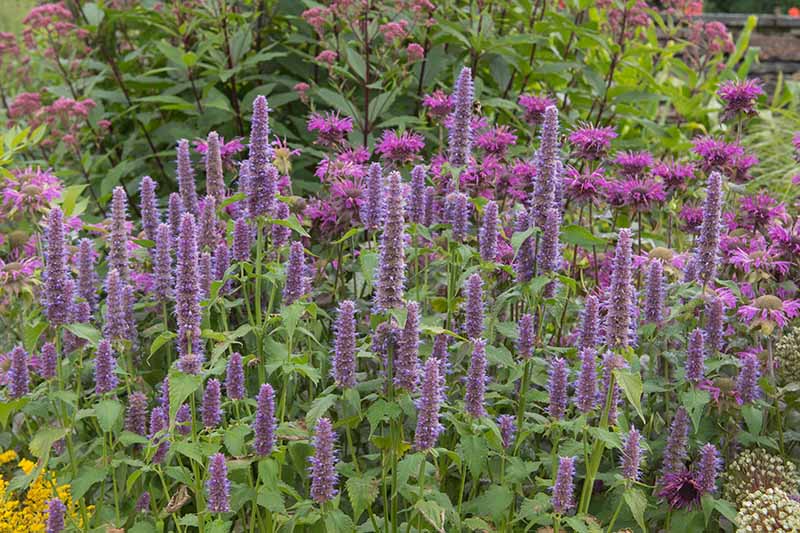
- Bellflower (Campanula): Bellflowers are a classic companion plant for echinops. They come in a variety of colors, including blue, purple, white, and pink. Bellflowers bloom in summer, and they attract butterflies and other pollinators.

- Catmint (Nepeta): Catmint is a low-growing, spreading plant with blue or purple flowers. It blooms in summer, and it attracts bees and butterflies. Catmint is a good companion for echinops because it can help to suppress weeds.
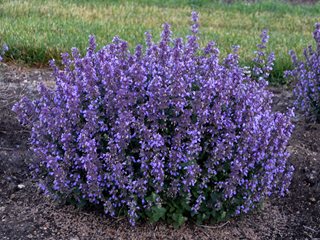
- Echinacea (Echinacea): Echinacea is another spiky perennial that is a good companion for echinops. It comes in a variety of colors, including red, orange, and yellow. Echinacea blooms in summer, and it attracts butterflies and other pollinators.

- Lavender (Lavandula): Lavender is a fragrant, low-growing plant with blue or purple flowers. It blooms in summer, and it attracts bees and butterflies. Lavender is a good companion for echinops because it can help to deter pests.

- Verbena (Verbena): Verbena is a trailing plant with small, colorful flowers. It blooms in summer and fall, and it attracts butterflies and other pollinators. Verbena is a good companion for echinops because it can help to fill in the gaps between taller plants.
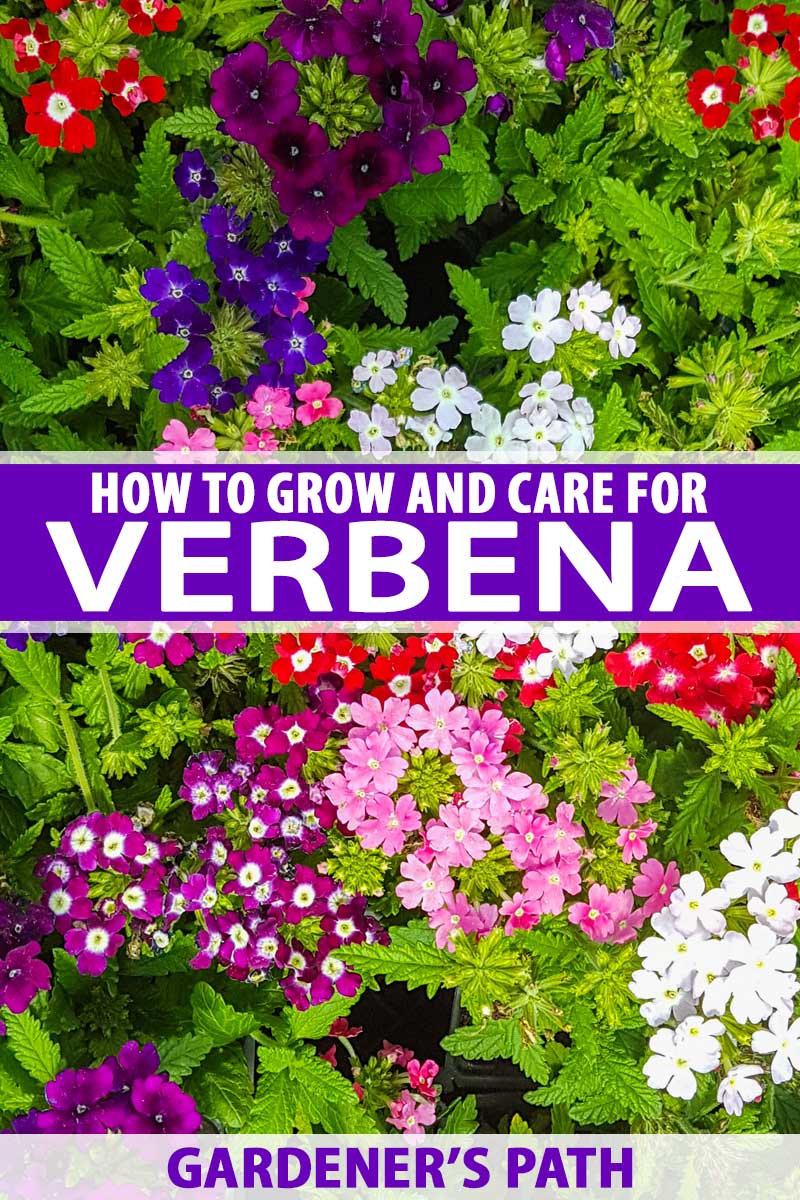
These are just a few of the many companion plants that can be paired with echinops. When choosing companion plants, it is important to consider the following factors:
- Growing conditions: Make sure that the companion plants have similar growing conditions to echinops. Both plants should need full sun and well-draining soil.
- Color: Consider the colors of the echinops and the companion plants when making your choices. You can create a monochromatic look by choosing plants of the same color, or you can create a more colorful garden by choosing plants with different colors.
- Texture: The texture of the plants can also be a factor to consider. Echinops have a spiky texture, so you might want to choose companion plants with softer textures, such as lavender or catmint.
With a little planning, you can create a beautiful and diverse garden by pairing echinops with the right companion plants.
Echinops, also known as globe thistle, is a beautiful and versatile perennial that can add a touch of drama to any garden. But what plants should you pair it with?
Here are a few of the best echinops companion plants:
- Digitalis ferruginea (Rusty Foxglove): This tall, stately plant provides striking color and architectural height to borders.
- Perovskia atriplicifolia (Russian Sage): This bushy, woody-based perennial has long, lavender-blue spikes that bloom in late summer.
- Echinacea (Coneflower): These tough-as-nails plants are wonderful additions to the landscape with their bright, daisy-like flowers.
- Agastache (Hyssop): This wonderful perennial adds color and a spiky texture to your garden.
- Achillea (Yarrow): These long-blooming plants come in a variety of colors, making them a great choice for any garden.
For more information about echinops companion plants, please visit Gardenia Inspiration. This website has a wealth of information about echinops and other garden plants, including planting tips, care instructions, and a plant database.
FAQ of echinops companion plants
Q: What are some good companion plants for echinops?
A: Echinops are tall, stately plants that can add a touch of drama to any garden. They are also magnets for bees and other pollinators, so they are a great choice for wildlife gardens. Some good companion plants for echinops include:
- Cardoon: This spiky plant is a close relative of echinops and has similar growing requirements. It blooms in late summer and fall, and its flowers are edible.
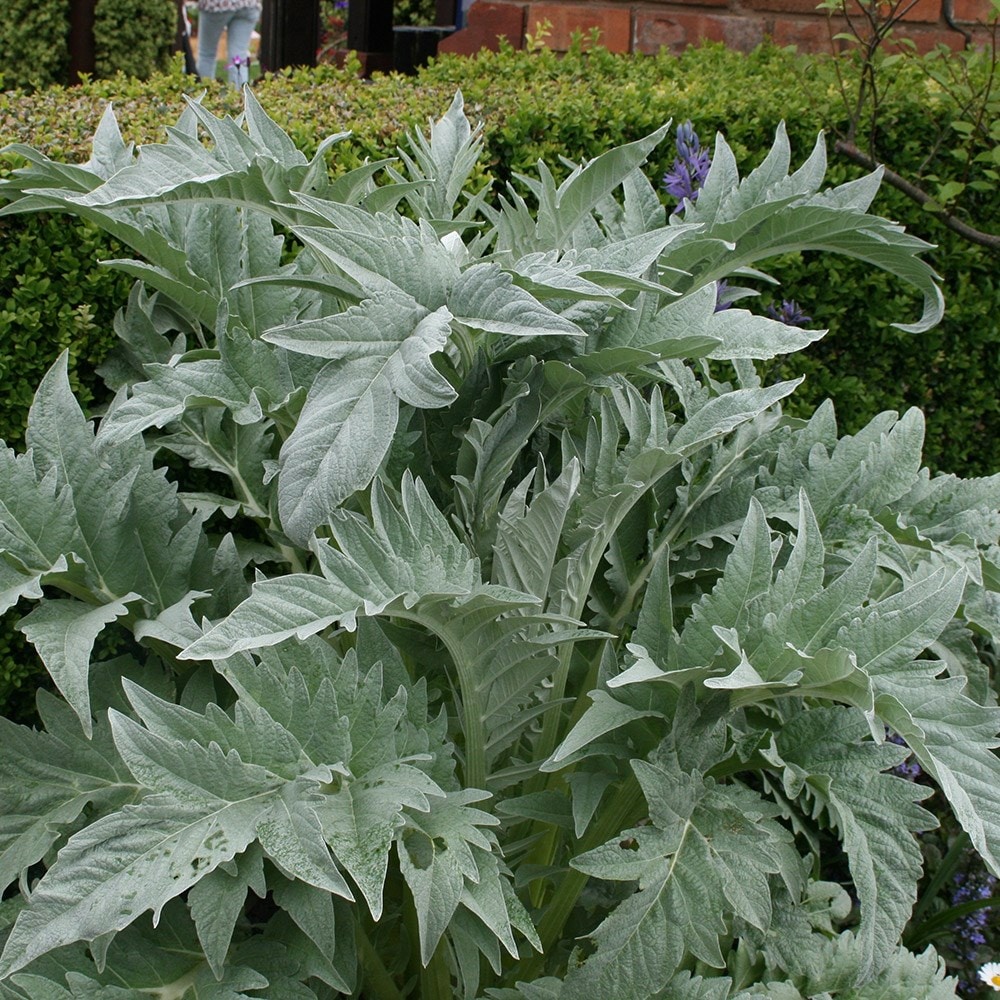
- Echinacea: This daisy-like plant is also a magnet for bees and other pollinators. It blooms in early summer and is available in a variety of colors.
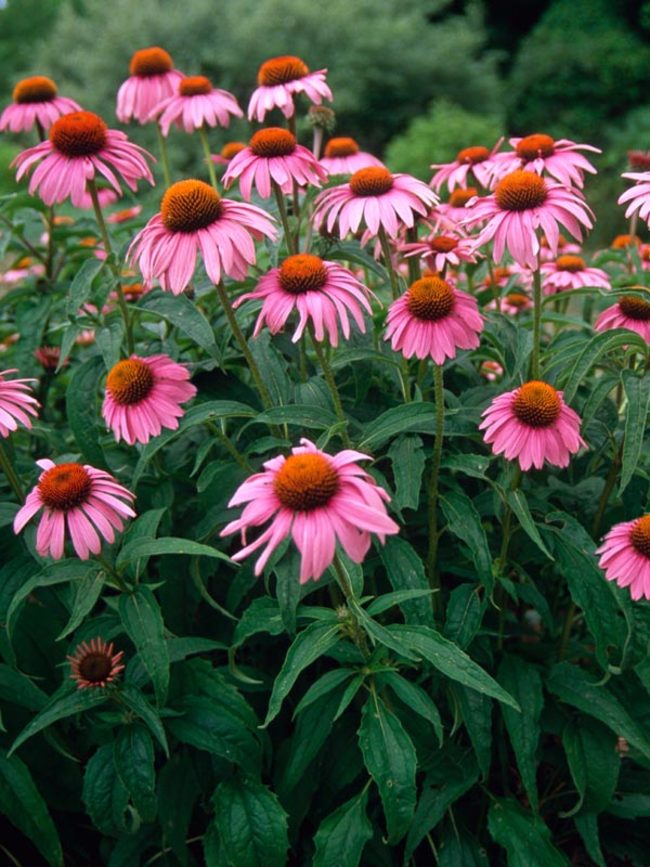
- Miscanthus grasses: These tall, airy grasses add movement and texture to the garden. They bloom in late summer and fall, and their seed heads provide winter interest.
- Salvias: These colorful flowers bloom all summer long and attract butterflies and hummingbirds. They come in a variety of colors, so you can choose ones that complement the colors of your echinops.
- Yarrow: This hardy perennial blooms in late summer and fall. It is drought-tolerant and easy to care for.

Q: What are the best growing conditions for echinops?
A: Echinops are best planted in full sun or partial shade. They prefer well-drained soil that is rich in organic matter. The soil pH should be neutral or slightly alkaline.
Q: How do I care for echinops?
A: Echinops are relatively easy to care for. They need regular watering, especially during the first year after planting. Once they are established, they can tolerate some drought. You should fertilize echinops in spring and fall with a balanced fertilizer.
Q: How do I propagate echinops?
A: Echinops can be propagated by seed or division. Seed propagation is the most common method. Sow the seeds in spring or fall in a well-drained seedbed. The seeds will germinate in about 2-4 weeks.
Division is another way to propagate echinops. This is best done in early spring or fall. Dig up a mature plant and divide it into several smaller pieces. Each piece should have at least 2-3 roots. Replant the divisions in well-drained soil.
Q: How do I protect echinops from pests and diseases?
A: Echinops are generally resistant to pests and diseases. However, they can be susceptible to aphids, spider mites, and powdery mildew. If you notice any pests or diseases, you can treat them with insecticidal soap or neem oil.
Image of echinops companion plants
5 different images of echinops companion plants from Pinterest:
- Aquilegia (columbine). This colorful wildflower blooms in spring and summer, and its delicate flowers complement the spiky globes of echinops.

- Nepeta (catmint). This low-growing, spreading plant is a great companion for echinops because it helps to deter pests. It also has a sweet, minty fragrance that is attractive to bees and butterflies.

- Echinacea (purple coneflower). These two plants have similar growing requirements, and they both attract butterflies and other pollinators.
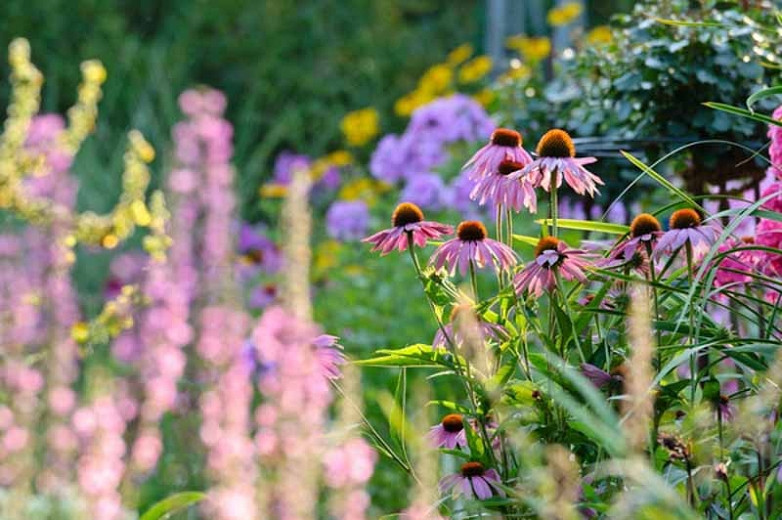
- Salvia (sage). This drought-tolerant herb blooms in summer and fall, and its blue, purple, or white flowers add a touch of elegance to any garden.

- Cirsium (thistle). This spiky plant is a relative of echinops, and it can be used to create a dramatic border or backdrop in the garden.
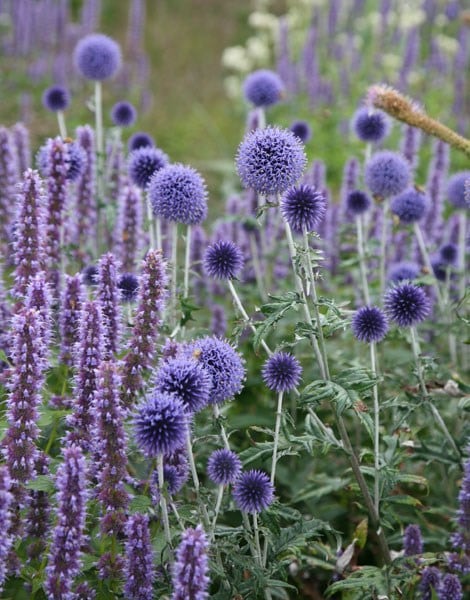
Post a Comment for "Echinop Companions: The Best Plants To Pair With This Spiky Perennial"